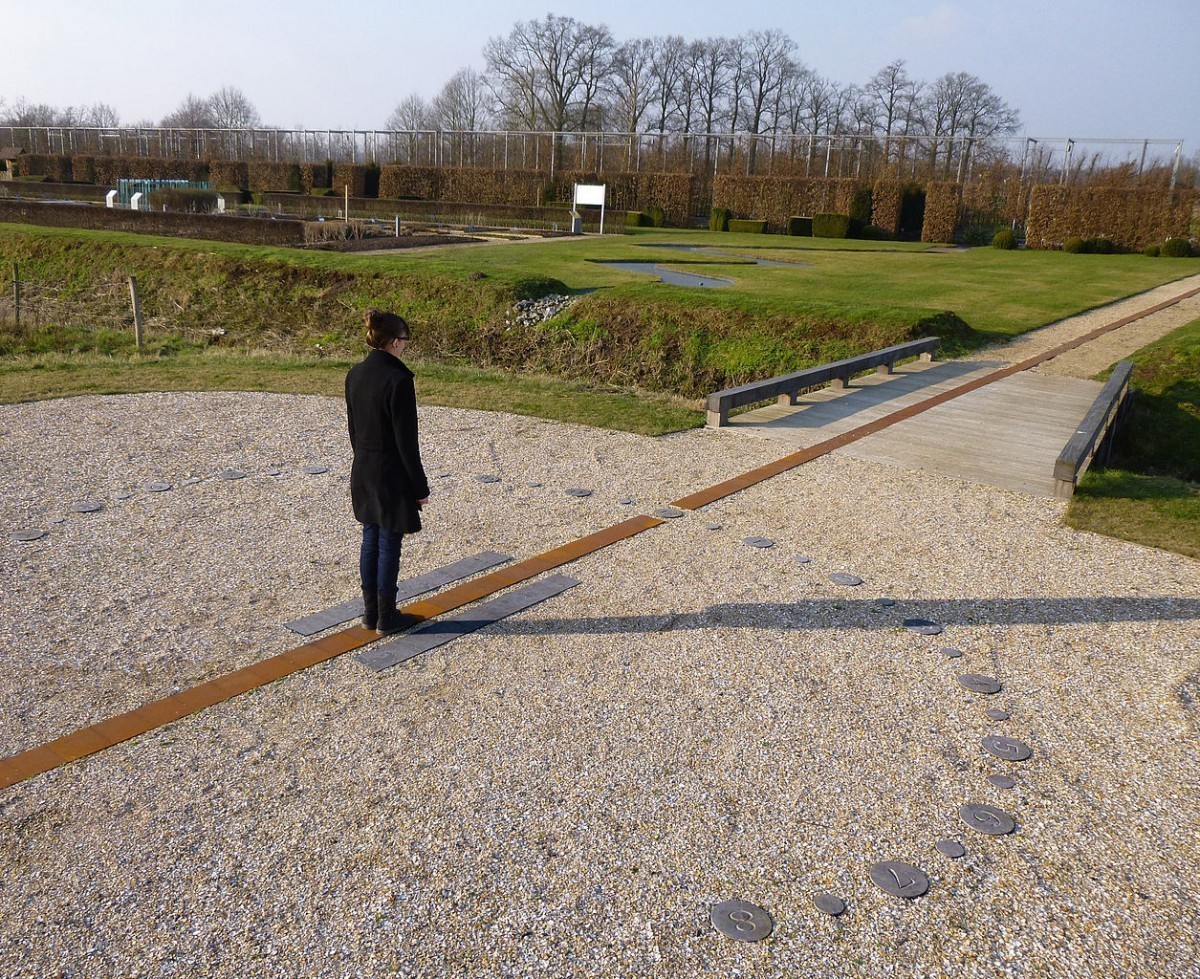Ever wonder why clockwise and counterclockwise are the directions they are? It all has to do with the motion of the Sun.
On Earth the Sun appears to rise in the east and set in the west. If you are in the northern hemisphere, the Sun will make this east-west journey to the south of you. As a result, the shadow of a sundial will move clockwise over the course of the day. Clockwise motion is the motion of a sundial. So counterclockwise is against the sunward motion, or widdershins as it is sometimes known.
Of course in the southern hemisphere the Sun takes a northern path from east to west. The shadow of a sundial therefore moves counterclockwise. Since our standard of clocks originated in the northern hemisphere, so does our notion of clockwise.












Comments
Heh, another example of the northern dominion of Earth. We’re lucky our fellow humans in the southern hemisphere are so laid back or they might take great offense at our notion of north and south, right side up and upside down, clockwise and counter clockwise, and who knows what else…
“If you are in the northern hemisphere, the Sun will make this east-west journey to the south of you. ”
That only happens for half of the year, no?
If you are north of the Tropic of Cancer, then it’s always south of you. If you are north of the equator, but south of the Tropic of Cancer, then there is a period of time during Summer where the Sun passes to the north.
Why,then, are planets rotating in opposite direction as they orbit? Shouldn’t mass on a planet’s day side move faster around the Sun than the night side, because it is closer to the Sun, according to Kepler’s laws?
Kepler’s laws only apply to freely moving bodies, not parts of a body held together as a whole.